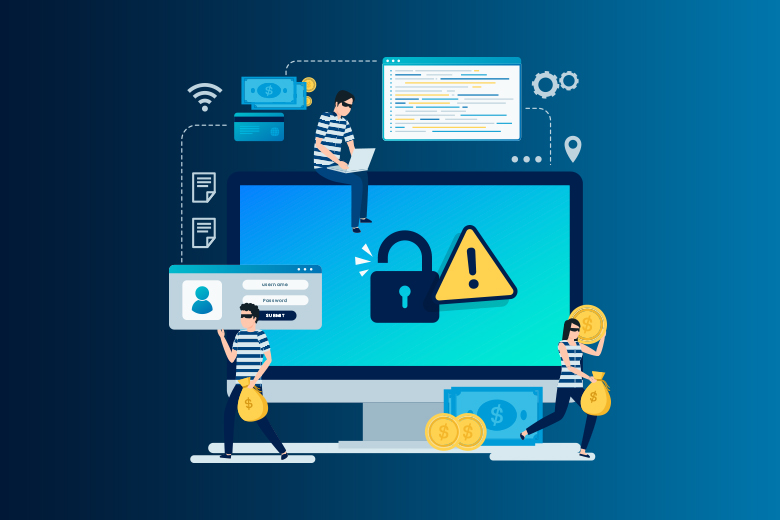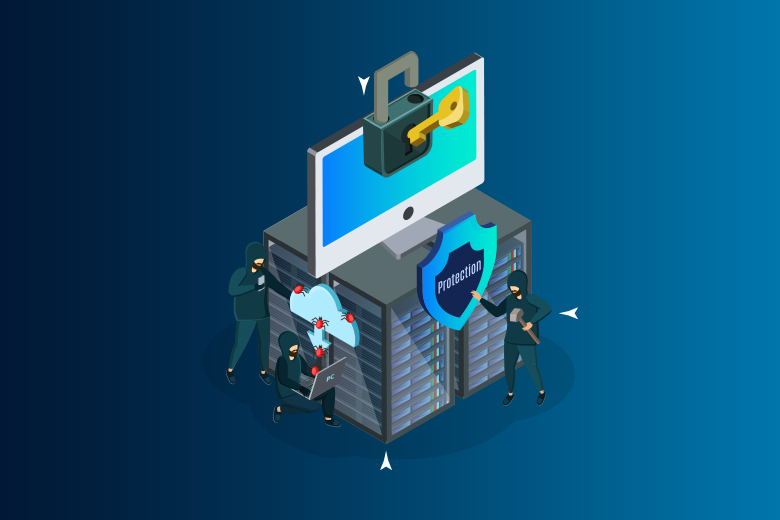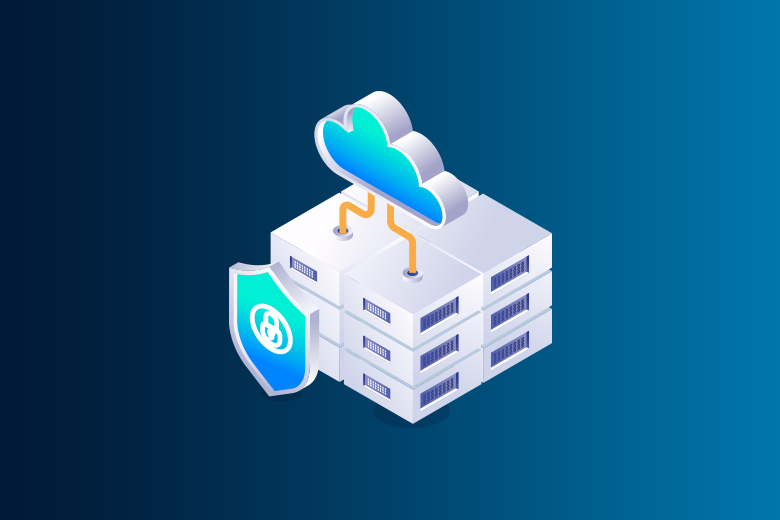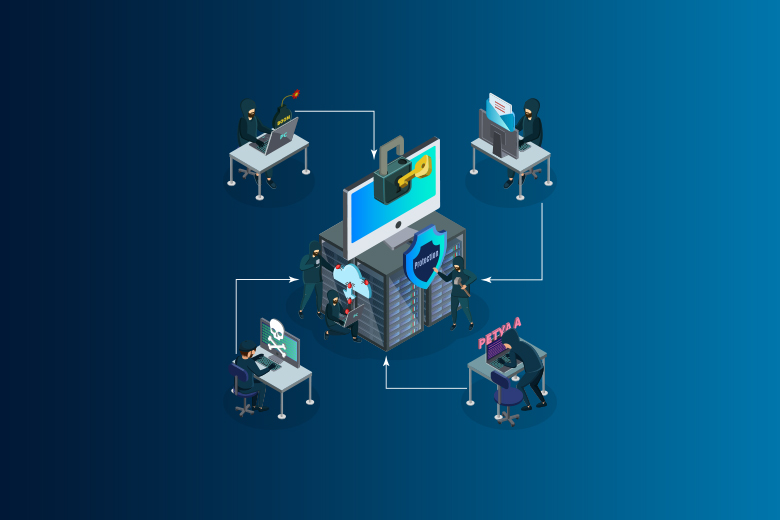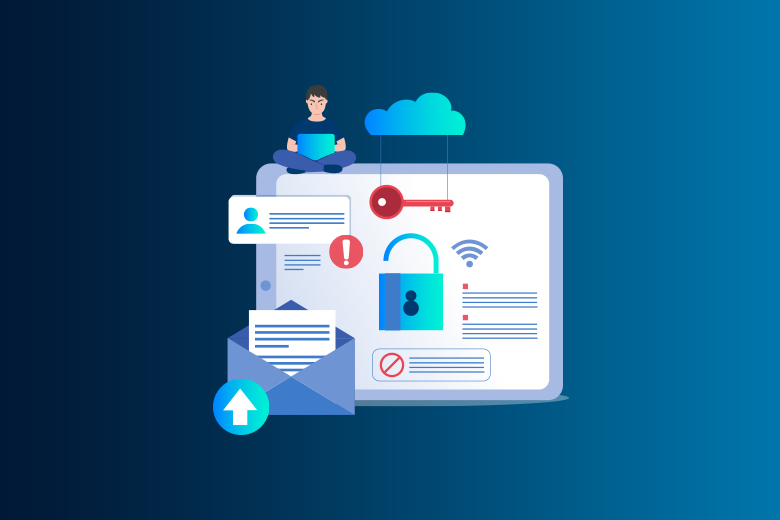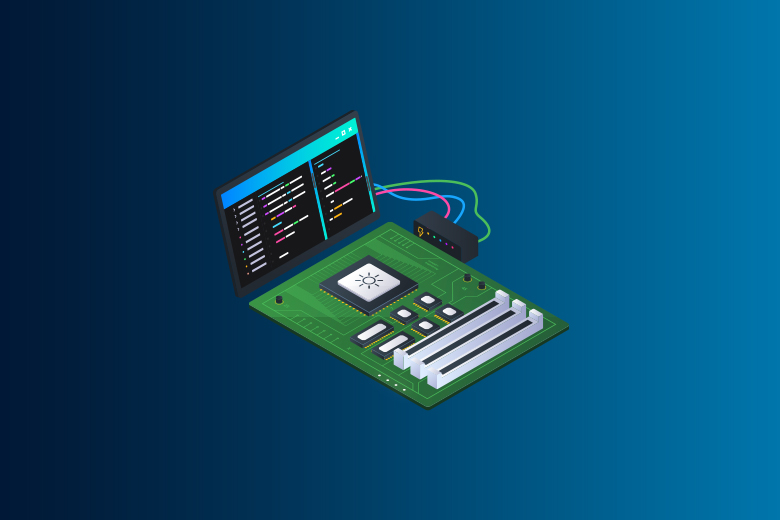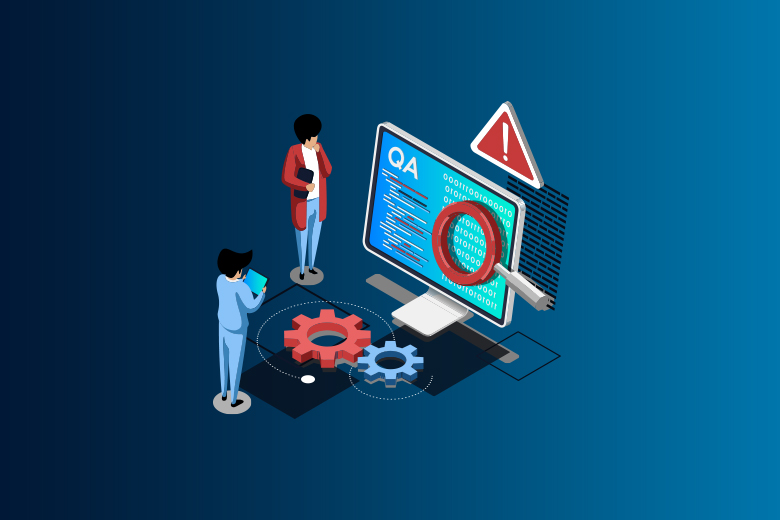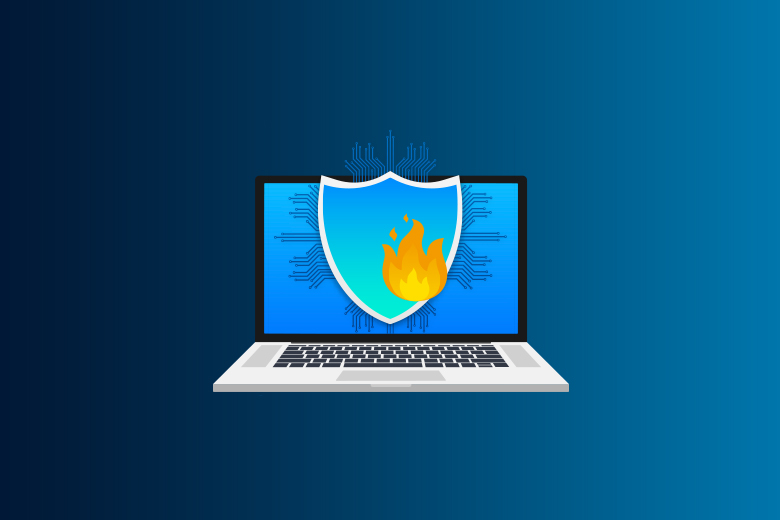28 April 2024
SafeAeon Inc.In the constantly changing world of online threats, enemies are always coming up with new ways to sneak in and take advantage of weak spots. A lot of the time, traditional security measures are behind the times, and companies have to rush to patch vulnurabilities after an attack. In this situation, threat-hunting tools become very useful, as they give security teams the power to attack and find secret threats before they can cause damage.
Recent data has shown how important it is to be proactive when when it comes to protect your network against hidden threats. A report says that in 2023, attackers stayed in a compromised network for a whopping 280 days. Attackers can work without being detected for an extended period of time, causing significant amount of damage before getting caught.
Threat-finding tools are like digital bloodhounds; they look for bad behavior that might get past regular security measures. Think of a security researcher using these tools like a powerful flashlight, shining light on the deepest parts of a network looking for hidden threats. These tools give analysts the freedom to think outside the box and do more than just find threats. They let them actively look for signs of compromise (IOCs) and attacker patterns (TTPs).
This guide goes into detail about hunting tools, including the different kinds that are out there, what they can do, and how they can help you. We'll teach you how to pick the best weapon for the job and make sure that your threat-hunting strategy fits the needs of your company. Using threat- hunting tools can help you change your security from reactive to proactive, keeping your company one step ahead of attackers who are waiting in the shadows.
What Is Threat Hunting?
Threat hunting is a proactive and iterative method that security experts use to keep an environment safe. It includes carefully going through logs from networks, the cloud, and endpoints to find signs of compromise (IoCs), the methods, techniques, and procedures (TTPs) that threat actors use, and advanced persistent threats (APTs) that have gotten around security measures that are already in place.
Important things to do when looking for threats are:
Identifying threats from inside and outside: Threat hunters can find threats that come from insiders, like workers, or from outsiders, like criminal groups.
Actively going after known enemies: This means looking for attackers who have already been named by threat intelligence services or by the unique signs of their malicious software in denylists.
Finding hidden threats to stop possible attacks: Threat hunters can spot oddities that may indicate a potential threat by constantly watching the computer environment and using behavioral analysis.
Putting the incident response plan into action: When hunters find a threat, they gather specific information that they can use to set off and carry out an incident response plan that will stop the threat. The lessons learned from these events are used to improve and tweak how people respond in the future.
When looking for threats, four main types of tools are used!
Security Information and Event Management (SIEM) Tools:
There are tools called Security Information and Event Management (SIEM) that combine the functions of security information management (SIM) and security event management (SEM). These tools can analyze threats in real-time and keep track of logs and security data. These tools let you look into security issues and problems in more detail, which helps you figure out what went wrong and take quick action to fix it. SIEM solutions are important to modern security operations centers (SOCs). With the help of technologies like AI and ML, many chores related to finding threats and responding to incidents can now be done automatically.
Managed Detection and Reaction (MDR) Systems:
These systems are run by outside companies and offer 24/7 monitoring, threat detection, and reaction services from afar. These systems help companies find and stop threats by combining human knowledge with technology. Analysts can use threat intelligence, advanced analytics, and forensic data from MDR systems to find problems, handle events, and get systems back to normal. They also speed up rollout and improve threat detection by finding risks that could get around automated security measures.
Tools for keeping an eye on security:
These are necessary to find and study weak spots in networks and endpoints, spot possible threats, and handle them properly. Firewalls, antivirus software, intrusion detection systems (IDS), and device security solutions are all common tools. They keep an eye on and analyze security data across the whole network. Endpoint tracking technologies make it easier to see security at the host level. This helps cybersecurity teams find threats early and act quickly by keeping an eye on events and activities in real-time.
Analytical Tools:
Statistical and intelligence analysis is used by analytical tools to make visual reports using live charts and graphs. These reports make it easier to find patterns and connect things. To come up with risk scores and theories, they use behavior analytics and machine learning. Analytical tools help people who look for threats handle a lot of data from different sources, like operational systems, virus scanners, user behavior, and external threat intelligence.
Exploring the Top 10 Free and Open-Source Threat Hunting Tools
Here are ten of the best tools you can get:
AI Engine: This tool can be used as a packet inspection engine for Python, Ruby, Java, and Lua, among other languages. Network intrusion detection system (NIDS) features, DNS domain classification, and network forensics are some of the next-generation features that AI Engine gives. It finds spam and collects data from networks with little help from humans. This makes it very useful for IT workers who want to look at traffic and improve firewalls and security.
APT-Hunter: This program was created by Ahmed Khlief and is very good at looking through Windows event logs to find strange activities and track down Advanced Persistent Threats (APTs). It connects Windows event IDs to MITRE ATT&CK strategies and can cut response times to threats by a lot by sorting through millions of events to find the most important ones. Threat hunters, first responders to incidents, and forensic experts all need this tool.
Attacker KB: This platform helps security teams figure out how dangerous and important new security holes are that show up online or in the news. Attacker KB collects the knowledge of security experts and hackers who rate the usefulness and importance of security holes. It's a complete guide for learning about possible security breaches and choosing the best ways to fix them.
TekDefense made Automater, a tool that makes it easier to look at URLs, hashes, and IP addresses by getting information from trusted sources. It's made to be easy to use, even for people who are new to hacking, and users can choose which sources and types of information to get. Automater works with several trustworthy websites and can be reached through GitHub.
BotScout: BotScout collects names, IP addresses, and email addresses of bots to help stop spam and abuse of web forms. It gives developers an API for adding bot detection to forums and websites, so users can see and stop bots in real time. BotScout is a useful tool for any business that wants to make its website safer.
CrowdFMS: This computerized tool gets samples from a website that posts information about fake emails and processes them. It uses a Private API design to automatically get samples from VirusTotal and lets users know through a YARA notification feed. This makes it easier for businesses to quickly respond to phishing threats.
The advanced malware research tool Cuckoo Sandbox is known for being able to look at a lot of different types of malicious files, such as executables, documents, and scripts. Even though it's hard to run because it depends on a lot of other programs, it's a powerful tool for detailed threat analysis thanks to its many customization options.
GRR Rapid Response is a system for responding to incidents that focus on live forensics from a distance. GRR Rapid Response lets you look into a whole network in detail, letting you analyze and collect proof in real-time, which is very important for getting a full picture of how a security breach happened.
Moloch is a tool for analyzing network traffic that makes it easier to keep an eye on big networks. The system makes it simple to get data and see what it means, which makes real-time analysis and long-term data review useful for finding threats and holes.
Security Onion is a Linux system made for managing logs, finding intrusions, and keeping an eye on network security. Security Onion is a set of tools that make it easier for security experts to handle network security by giving them a complete way to collect, analyze, and look over network data.
Conclusion
Tools for looking for threats are necessary for preventative cybersecurity. They give businesses the tools they need to find and stop secret threats before they become major security holes. With these tools, security teams can look into their networks in more depth. Traditional security measure may fail to detect suspicious activities, but these tools can help you find them. Threat-hunting tools offer a complete way to keep your information safe by using advanced analytics, machine learning, and user behavior analytics. This makes it easier to find complex cyber threats. Taking this proactive approach not only makes defenses stronger but also cuts down on the time it takes to respond to events by a large amount. This limits the damage that could happen. Cyber threats are getting smarter and sneakier all the time, which makes threat-finding tools more important. These tools should be part of the cybersecurity plans of companies that want to keep their security strong. SafeAeon makes sure they have everything needed to deal with today's online threats.

